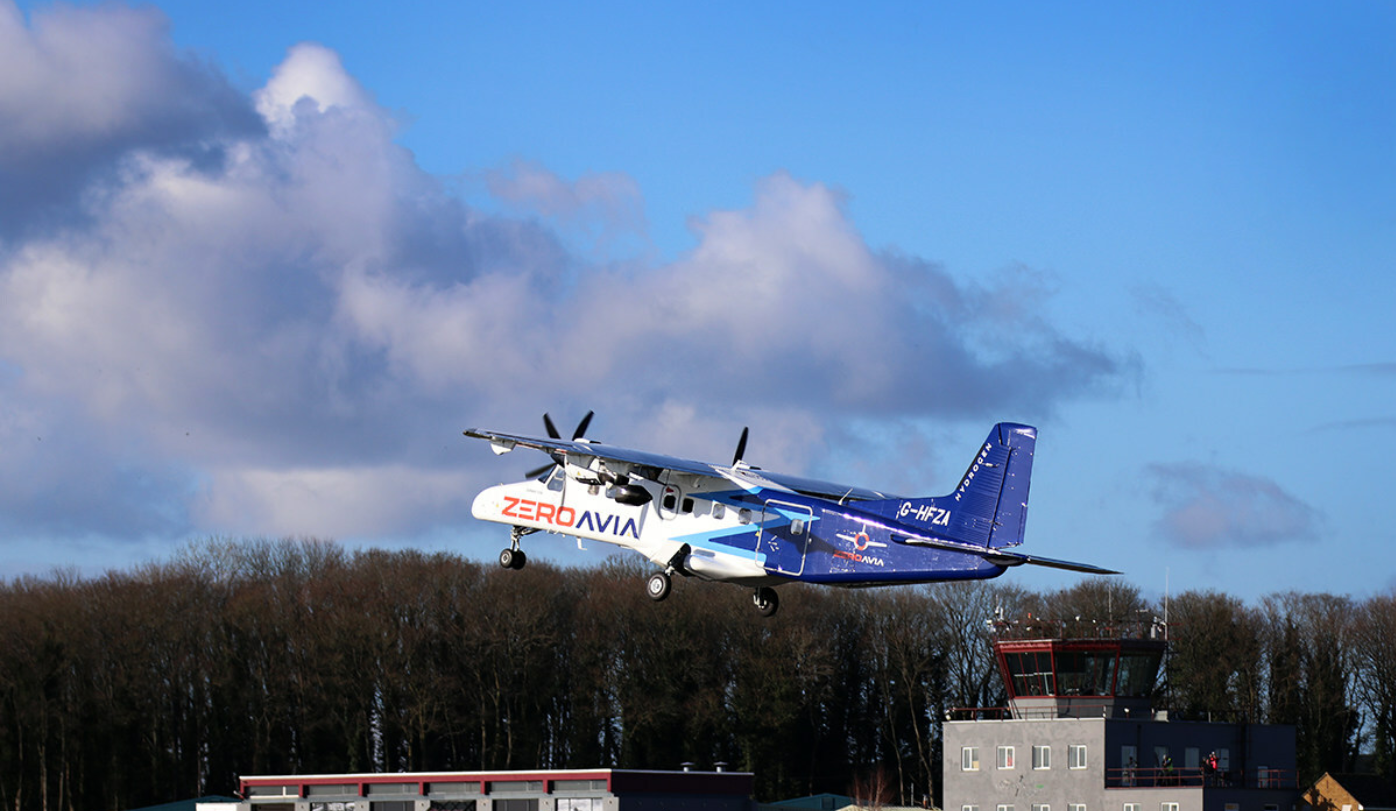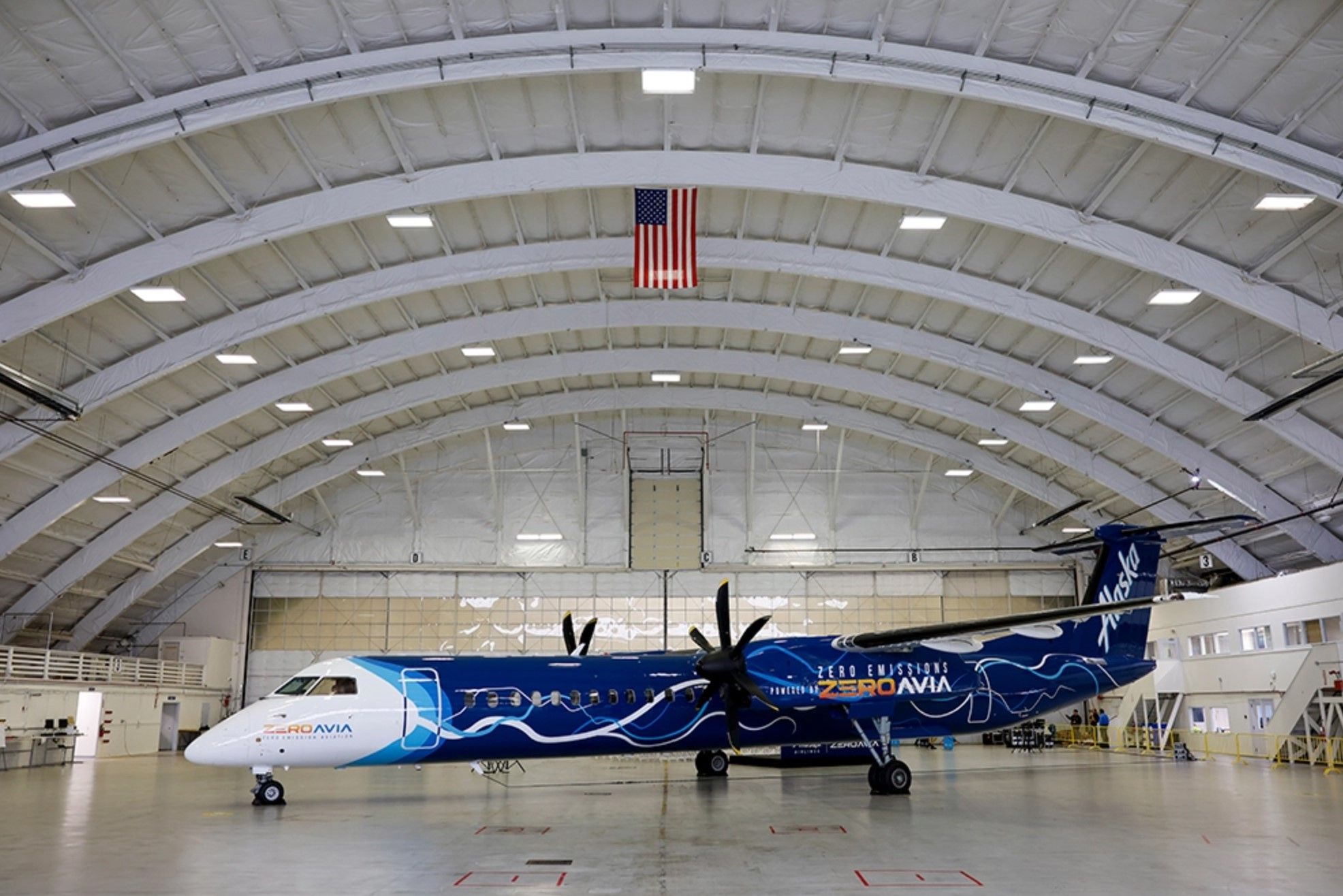Summary
- ZeroAvia introduced the world's first fuel cell compressor for clean aviation, enhancing the pursuit of zero-emission flight.
- The compressor manages oxygen flow without a separate electric motor, streamlining certification, reducing weight, and improving in-flight reliability.
Zero-emission aviation firm ZeroAvia has introduced the world's first fuel cell compressor for propulsion systems up to 900kW in power, marking a substantial advancement in the ongoing pursuit of clean aviation.
The company said that the initial testing of a specially designed compressor for the fuel cell in the ZA600, its first hydrogen-electric powertrain, demonstrates consistent performance across a broad range of power levels.
The upcoming compressor will be a vital component of ZeroAvia's initial pair of hydrogen-electric engines. These engines encompass the ZA600, designed for 9-19 seat aircraft, expected to be operational by 2025, and the ZA2000, catering to 40-80 seat aircraft, with an expected entry into service by 2027.
Why does the new compressor matter?
The company said that one of the major challenges in using hydrogen fuel cells for zero-emission flight is delivering the high flow of oxygen required for the chemical reaction in stacks to produce enough electricity to power the aircraft, especially at higher altitudes.
To face that challenge ZeroAvia's engineering team has developed a method for managing oxygen flow in the new compressor. Unlike conventional designs that require a distinct electric motor, this compressor operates using power generated by the central electric propulsion system.
According to ZeroAvia, this innovative approach is anticipated to streamline the type certification process, lower weight, and enhance in-flight reliability. Commenting on the announcement, Rudolf Coertze, CTO Hydrogen, ZeroAvia, said:
"The compressor technology we have designed is critical in delivering optimal performance in the final, certified ZA600 engine technology. Our compressor is an important component of our fuel cell power generation systems and a world-leading technology advancement for clean aviation in its own right. This really is a major achievement for our turbomachinery engineers and another marquee moment for the company at large."
Toward greener skies
Based in the United States and the United Kingdom, ZeroAvia envisions employing hydrogen in fuel cells to generate electricity, propelling electric motors for propulsion while emitting only water vapor. With a strong commitment to achieving zero-emission flight, the company has been actively engaged in various projects.
Get the latest aviation news straight to your inbox: Sign up for our newsletters today.
ZeroAvia recently solidified its collaboration with Alaska Airlines, selecting a Bombardier Q400 turboprop for conversion into a hydrogen-electric propulsion system. This strategic move is aimed at exploring the full potential of zero-emission flights. The chosen aircraft, sourced from Alaska's retired Horizon Air fleet, was earmarked for ZeroAvia after being stored last year.
ZeroAvia's aim is to develop a powertrain for the Dash 8-400 that's five times more powerful than any previous demonstration. This is part of their mission to create an airplane that runs on zero emissions and is commercially feasible. In addition, ZeroAvia has already secured pre-order agreements for around 2,000 engines from several airlines, including American Airlines, United Airlines, and Alaska Airlines.



